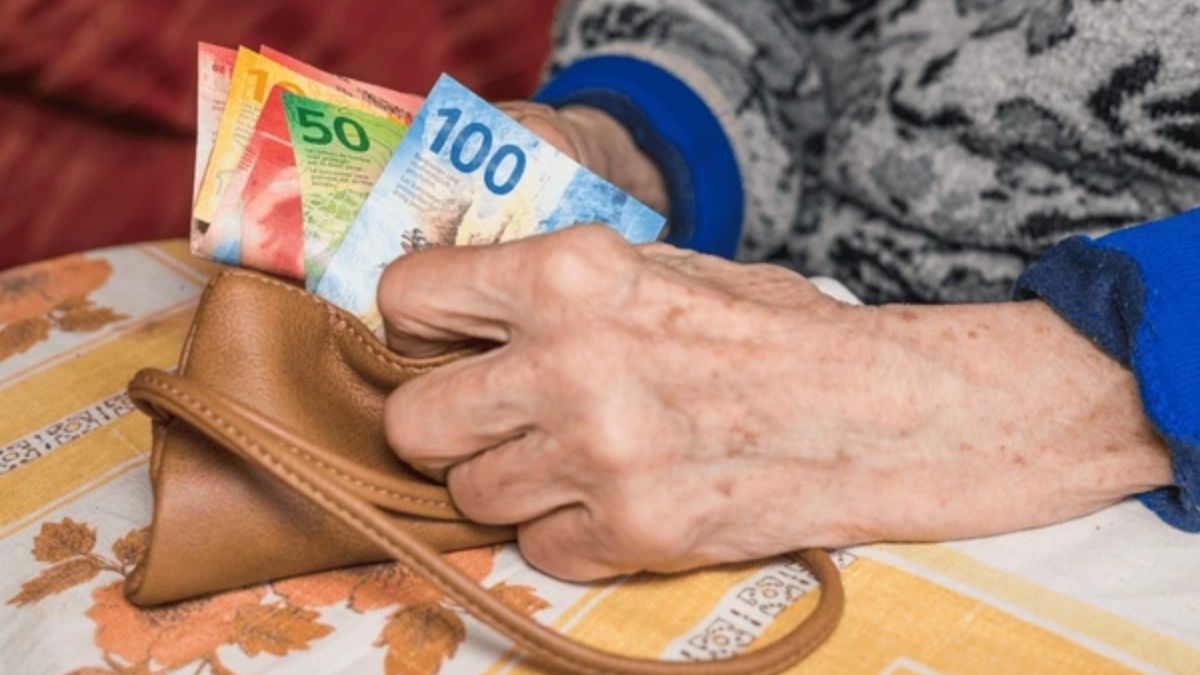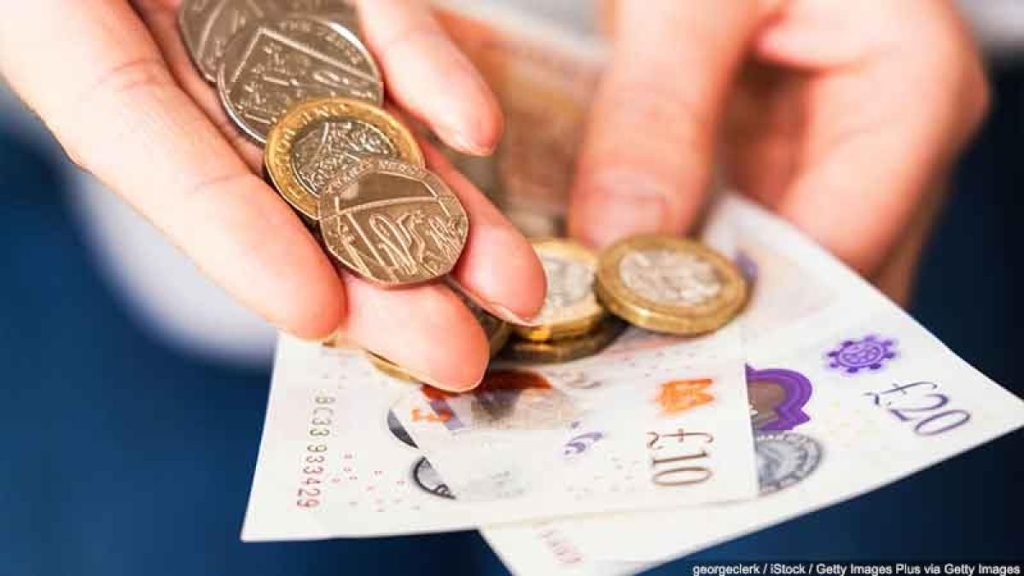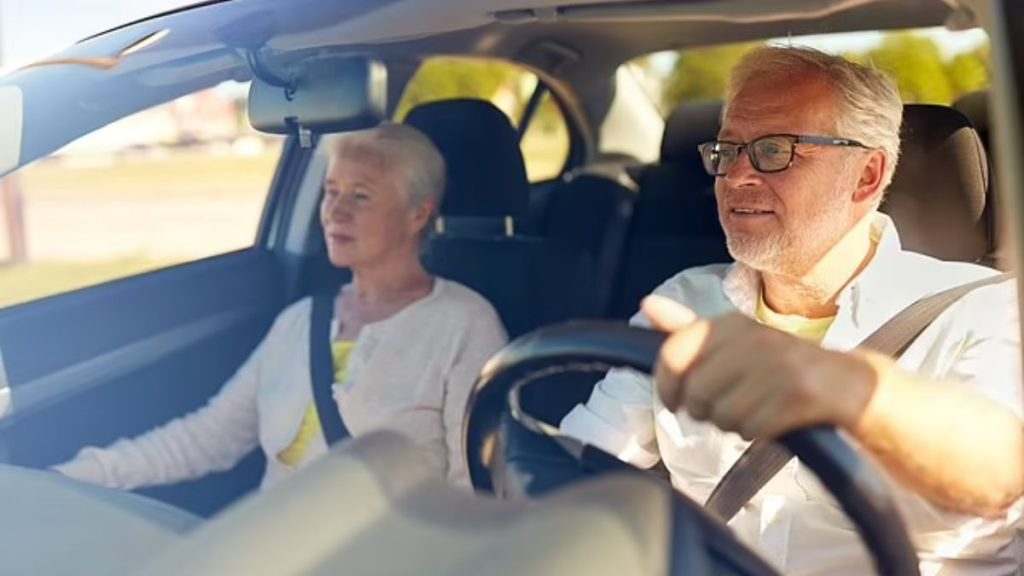As autumn 2025 approaches, many UK households are once again facing rising living costs, prompting renewed speculation about extra government support. Recently, rumours have flooded social media claiming that a £400 Cost of Living Payment will be issued by the Department for Work and Pensions (DWP) this October.
However, as of October 2025, there has been no official confirmation of such a payment from either the DWP or the UK government. These circulating claims are unverified and largely originate from unofficial online videos and misleading articles.
While the idea of further support is understandable given the financial strain millions are under, it’s crucial for households to rely on official government announcements rather than social media speculation.
What the £400 Rumour Is About
The so-called £400 Cost of Living Payment appears to be a continuation of online chatter that began in mid-2025, suggesting the government would resume one-off payments similar to those made between 2022 and 2024.
These earlier Cost of Living Payments were real — and provided direct financial support to millions — but no such scheme has been confirmed for 2025 so far.
In fact, government records show that the final round of Cost of Living Payments was completed in February 2024, and there has been no announcement of a new £400 instalment since.
A Look Back: Past Cost of Living Payments (2022–2024)
To understand the current rumours, it helps to recall the previous DWP payment cycles, which were designed to help low-income households during the peak of the cost-of-living crisis.
| Payment Amount | Qualifying Benefit | Payment Window |
|---|---|---|
| £299 | Tax Credits | Feb 16–22, 2024 |
| £300 | Tax Credits | Nov 10–19, 2023 |
| £301 | Tax Credits | May 2–9, 2023 |
| £324 | Tax Credits | Nov 23–30, 2022 |
| £326 | Tax Credits | Sept 2–7, 2022 |
These payments were issued automatically to eligible claimants — no applications were required — and were tax-free, exempt from the benefit cap, and did not affect any other entitlement.
If a new round were ever to be announced, it would likely follow a similar model, using automatic payments through existing DWP and HMRC systems.
Who Qualified for Past Payments
Previous Cost of Living Payments were specifically targeted to low-income and vulnerable groups. Eligibility was determined by whether recipients were claiming at least one of the following benefits during a qualifying period:
- Universal Credit
- Income-based Jobseeker’s Allowance (JSA)
- Income-related Employment and Support Allowance (ESA)
- Income Support
- Pension Credit
- Child Tax Credit
- Working Tax Credit
Households receiving both Tax Credits and a DWP-administered benefit received the payment from the DWP, not HMRC, to avoid duplication.
This targeted approach ensured payments went to those who needed them most — a model that any future £400 scheme would likely replicate.
How Previous Payments Were Distributed
One of the most effective features of earlier support packages was their automatic payment system.
Automatic Payments
Recipients did not need to apply or fill out forms. The funds were directly deposited into the same bank accounts used for regular benefit payments, making the process fast and efficient.
No Impact on Other Benefits
All Cost of Living Payments were non-taxable, excluded from the benefit cap, and did not interfere with other welfare entitlements.
Because of this simplicity, any future support scheme would likely use the same mechanism. However, beware of online scams asking you to “apply” for a £400 payment — these are fraudulent and not connected to the DWP.
Why People Believe a £400 Payment Might Happen
The growing discussion around a new £400 payment reflects a wider public sentiment — people are struggling, and more help is urgently needed.
While inflation has technically fallen from its peak, the cost of essentials remains significantly higher than pre-pandemic levels. The most pressing factors include:
- Persistent food inflation keeping grocery bills up to 20% higher than in 2021.
- Energy debt rising to over £3.9 billion by the end of 2024, more than double pre-crisis levels.
- Rising housing costs and rent increases across all regions.
As of early 2025, research shows that 7.3 million UK adults were living in food-insecure households, a figure that underscores the depth of ongoing financial strain.
It’s these conditions that have led to advocacy groups and MPs calling for another one-off payment — but, as of now, no such plan has been approved.
What Financial Support Is Confirmed for Late 2025
Even though a new £400 Cost of Living Payment has not been confirmed, several targeted financial support schemes are already scheduled to help households through the coming months.
1. Winter Fuel Payment 2025
This is an annual tax-free payment for older people to help cover heating costs during the cold months.
- Eligible to those of State Pension age.
- Usually paid automatically in November or December.
- Letters confirming payment amounts are expected in October or November 2025.
2. State Pension Increase
The State Pension is set for a significant annual rise under the triple lock mechanism, meaning many pensioners will receive over £400 more throughout the year.
This is part of the standard uprating system, not a one-off grant — but it still offers tangible relief for millions of retirees.
3. Universal Credit Uplift (Permanent Increase)
As part of the Universal Credit reform announced earlier in 2025, the standard allowance is rising gradually over the next few years, delivering a £725 annual uplift by 2029/30.
The first phase begins in April 2025, offering real-term income growth for low-income households.
Protecting Yourself from Scams
Because the rumour of a £400 payment has spread so widely, scammers have begun exploiting it by sending fake texts and emails claiming to offer “early access” or “priority registration” for DWP payments.
Always remember:
- The DWP never contacts you via text or email asking for personal details or payment information.
- Legitimate DWP payments are automatic and appear in your bank account under references like “DWP COLP”.
- If you receive suspicious messages, report them to Action Fraud or gov.uk/report-scam immediately.
What Might Happen Next
While there’s no official £400 payment planned, it’s still possible that the government could introduce new support measures in its Autumn Statement or Winter Budget later this year.
These could take the form of:
- Energy support credits, depending on wholesale price trends.
- Council tax rebates or Household Support Fund extensions.
- Additional targeted benefits for pensioners or disabled people.
Until those announcements are made, it’s wise to monitor gov.uk, DWP press releases, or trusted news outlets for verified updates.
The Bottom Line
As of October 2025, the £400 Cost of Living Payment remains unconfirmed — no official policy, legislation, or statement supports its existence.
However, ongoing support is available through Winter Fuel Payments, State Pension uprating, and the new Universal Credit increase beginning this spring.
The best way to stay safe is to ignore unofficial claims, avoid sharing personal details online, and check directly with DWP or GOV.UK for the latest verified information.
FAQs
1. Is the £400 Cost of Living Payment in October 2025 confirmed?
No. The UK government and DWP have not announced any new £400 payment for October 2025. The rumours circulating online are unverified.
2. What were the previous Cost of Living Payments?
Between 2022 and 2024, eligible households received one-off payments ranging from £299 to £650, depending on their benefits and circumstances.
3. Who would qualify if a new £400 payment was announced?
Eligibility would likely mirror previous schemes — those on Universal Credit, Pension Credit, Income Support, or Tax Credits.
4. Are there any confirmed payments coming later in 2025?
Yes. The Winter Fuel Payment and State Pension increases are confirmed for late 2025, along with the ongoing Universal Credit uplift.
5. How can I avoid scams related to Cost of Living Payments?
Never provide personal details through emails or text messages. DWP payments are always automatic and can be verified directly through gov.uk.















